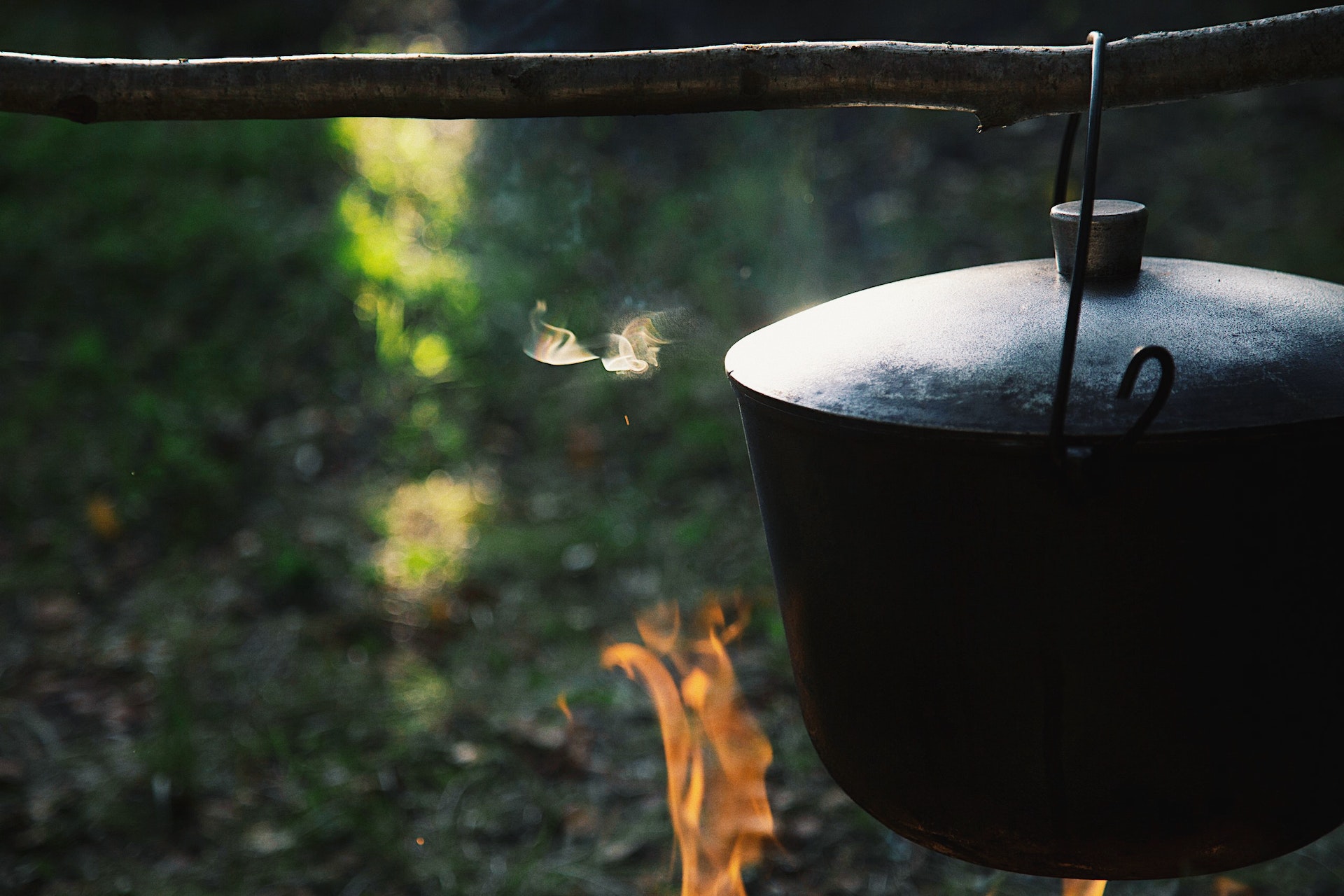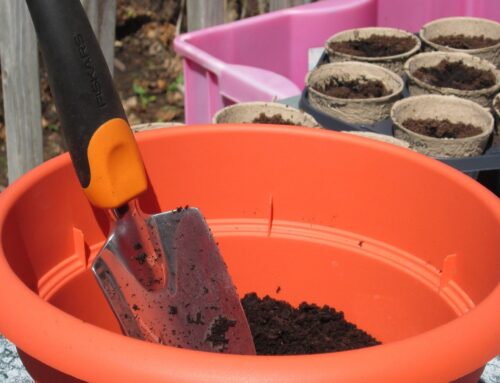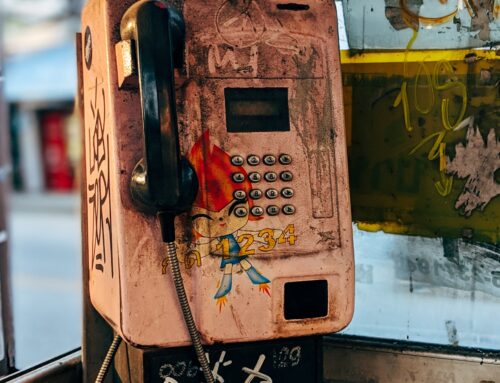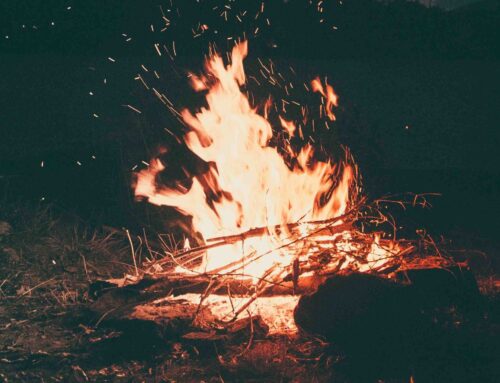Blackouts can happen unexpectedly due to severe weather, power grid failures, or other unforeseen circumstances. When the lights go out and your kitchen appliances stop working, it’s essential to have a plan for cooking a meal without electricity. In this guide, we’ll explore various cooking options, what you need for each, and the pros and cons of each method.
1. Gas Stove or Range: A Reliable Choice
What You Need:
- A gas stove or range with a working gas supply.
- Matchsticks or a gas lighter.
Pros:
- Reliability: Gas stoves work even during power outages.
- Temperature Control: You can adjust the heat easily.
- Familiarity: Most people are already accustomed to using gas stoves.
Cons:
- Limited Fuel Supply: If your gas supply runs out, this option becomes impractical.
- Potential Gas Leaks: Be cautious about gas leaks; ensure proper ventilation.
2. Charcoal or Gas Grill: Outdoor Cooking
What You Need:
- A charcoal or gas grill.
- Charcoal briquettes and a chimney starter or propane for a gas grill.
- Grilling utensils.
Pros:
- Outdoor Option: Ideal for warm weather or outdoor spaces.
- Versatile: You can cook various foods on a grill.
- Adds Flavor: Grilling imparts a unique smoky flavor to your dishes.
Cons:
- Weather-Dependent: Not suitable during heavy rain or windy conditions. (Never use a charcoal or gas grill indoor)
- Limited Cooking Space: Grills have limited cooking surface area.
- Requires Skill: Grilling can be challenging for beginners.
3. Campfire Cooking: Going Back to Basics
What You Need:
- Firewood or fire-starting materials.
- A campfire pit or fire-safe area.
- Cooking utensils suitable for open flames.
Pros:
- Authentic Experience: Cooking over an open flame can be enjoyable.
- Can Boil Water: Useful for purifying water if needed.
- Suitable for Survival: Essential wilderness survival skill.
Cons:
- Weather and Safety Concerns: Fire is highly weather-dependent and poses safety risks.
- Limited Control: Temperature control is challenging.
- Environmental Impact: Be mindful of the environment and local fire regulations.
4. Portable Stove or Camping Cooker: Compact and Convenient
What You Need:
- A portable propane or butane camping stove.
- Fuel canisters appropriate for your stove.
Pros:
- Compact and Portable: Easy to store and transport.
- Controlled Flame: You can adjust the heat.
- Suitable for Indoor Use: Can be used safely indoors with proper ventilation.
Cons:
- Limited Fuel Supply: You’ll need enough fuel canisters.
- Expense: Initial investment in a portable stove and fuel can be costly.
- Cooking Space: Typically small cooking area.
5. Solar Oven: Sustainable Cooking
What You Need:
- A solar oven or solar cooker.
- Sunshine, preferably on a clear day.
Pros:
- Environmentally Friendly: Uses renewable energy.
- Slow Cooking: Ideal for simmering stews or baking.
- Low Maintenance: Minimal supervision required.
Cons:
- Weather-Dependent: Requires direct sunlight.
- Longer Cooking Times: Cooking may take longer compared to conventional methods.
- Initial Cost: Solar ovens can be relatively expensive.
When facing a blackout, having alternative cooking methods at your disposal is essential for maintaining a sense of normalcy and ensuring your family’s well-being. Depending on your circumstances and resources, you can choose from gas stoves, grills, campfires, portable stoves, or solar ovens. Each option has its advantages and drawbacks, so it’s wise to prepare for various scenarios. Remember to prioritize safety and practice using these cooking methods before an emergency arises to ensure you are fully ready for cooking a meal without electricity when needed.






